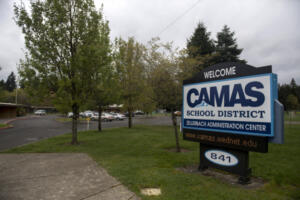The Camas teachers’ strike entered its second week Tuesday, Sept. 5, following an already scheduled school break for the Labor Day holiday.
Camas schools remained closed Tuesday and Wednesday, Sept. 5-6, as members of the Camas Education Association (CEA), the union representing around 450 Camas public school educators, remained on the picket lines, calling for a higher cost-of-living increase to keep up with local inflation rates; a cap on class sizes; and dedicated resources for music, physical health, library and health programs in all of Camas’ K-12 schools.





